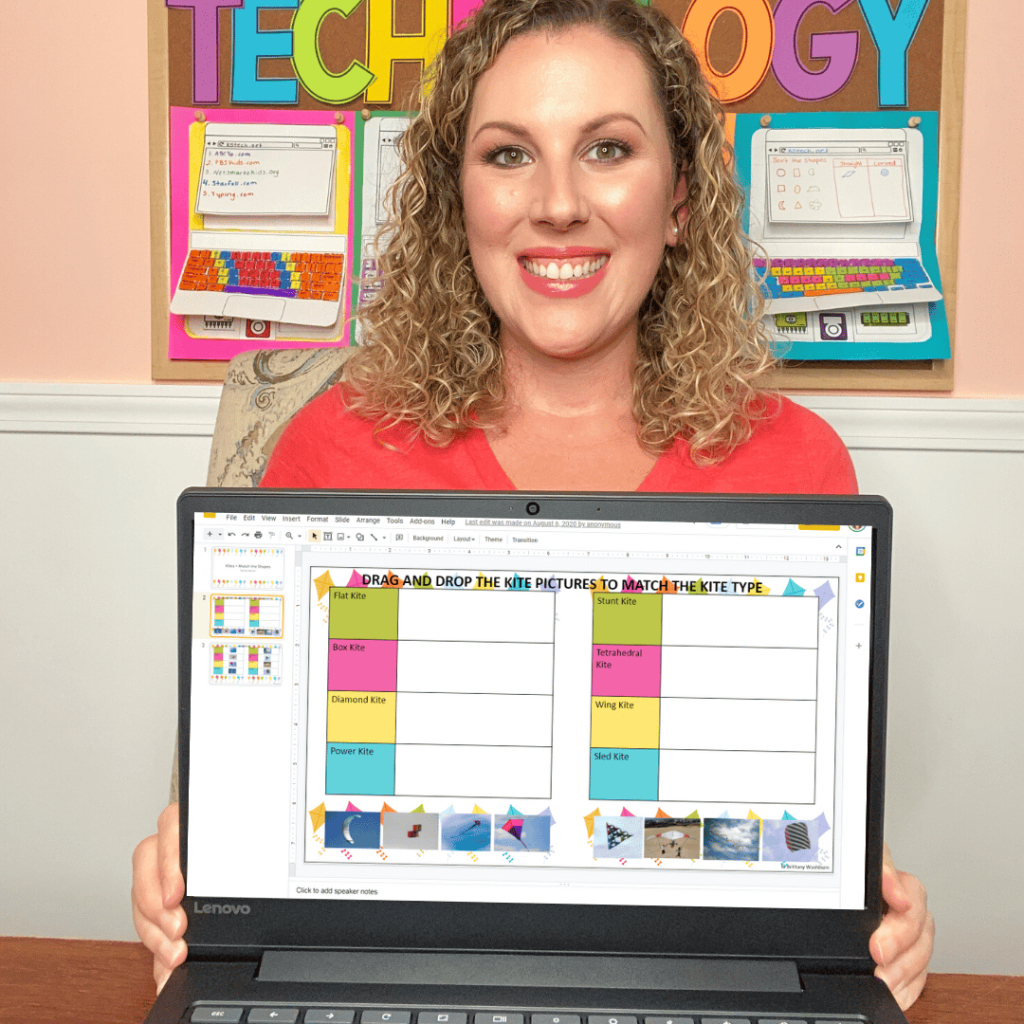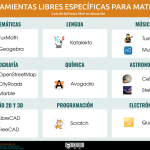Master Your Learning With Powerful Software For Lessons: Unlock Your Potential Now!
Software for Lessons: Revolutionizing the Way We Learn
Gone are the days when traditional teaching methods ruled the educational landscape. With the advent of technology, software for lessons has emerged as a game-changer in the field of education. These innovative tools have revolutionized the way we learn, making education more engaging, interactive, and accessible. In this article, we will explore the various aspects of software for lessons, from its definition and benefits to its impact on students and teachers alike.
What is Software for Lessons?
Software for lessons refers to a wide range of digital tools and applications designed specifically for educational purposes. These programs are created to enhance teaching and learning experiences by incorporating multimedia elements, interactive activities, and assessment features. From virtual classrooms to interactive textbooks, software for lessons offers a plethora of resources to cater to students’ individual needs and learning styles.
1 Picture Gallery: Master Your Learning With Powerful Software For Lessons: Unlock Your Potential Now!

Who Can Benefit from Software for Lessons?
Software for lessons caters to a diverse audience, including students, teachers, and educational institutions. Students of all ages and academic levels can benefit from these tools, as they provide personalized learning experiences, interactive content, and instant feedback. Teachers can utilize software for lessons to create engaging lesson plans, track student progress, and assess learning outcomes effectively. Educational institutions can leverage these tools to facilitate remote learning, collaboration among students, and efficient administration of academic resources.
When Should Software for Lessons Be Used?
Software for lessons can be used in various educational contexts, including traditional classrooms, online courses, and distance learning programs. These tools can be incorporated into regular teaching sessions to supplement classroom instruction and provide interactive activities. Additionally, software for lessons is particularly useful for remote learning situations, enabling students to access educational resources from any location at any time.
Where Can Software for Lessons Be Implemented?
Software for lessons can be implemented in a wide range of educational settings, including primary and secondary schools, colleges and universities, vocational training centers, and online learning platforms. These tools are versatile and adaptable, making them suitable for both formal and informal learning environments. Whether in a physical classroom or a virtual one, software for lessons can enhance the learning experience for students of all ages.
Why is Software for Lessons Important?

Image Source: amazonaws.com
The importance of software for lessons cannot be overstated in today’s digital age. These tools offer numerous advantages that traditional teaching methods often struggle to provide. Firstly, software for lessons promotes active learning by engaging students through interactive multimedia content and gamified activities. This not only increases student motivation but also enhances their understanding and retention of information. Additionally, these tools promote personalized learning, allowing students to progress at their own pace and focus on areas that require more attention.
Furthermore, software for lessons facilitates collaborative learning by enabling students to work together on projects, engage in discussions, and provide feedback to their peers. This promotes critical thinking, communication, and problem-solving skills. Moreover, software for lessons provides teachers with valuable insights into student performance and progress, enabling them to tailor their instruction to meet individual needs effectively.
How Does Software for Lessons Work?
Software for lessons operates on various platforms, including desktop computers, laptops, tablets, and smartphones. These tools utilize cutting-edge technologies such as artificial intelligence, augmented reality, and machine learning to deliver immersive and interactive learning experiences. Students can access educational content, complete assignments, and receive feedback through these platforms. Teachers can create lesson plans, track student progress, and provide real-time support and guidance.
Advantages and Disadvantages of Software for Lessons
Advantages:
1. Enhanced engagement: Software for lessons captivates students’ attention and makes learning enjoyable through interactive elements and gamified activities.
2. Personalized learning: These tools adapt to students’ individual needs and learning styles, promoting self-paced learning and targeted instruction.
3. Collaboration and communication: Software for lessons facilitates peer interaction, fostering teamwork, communication, and social skills development.
4. Immediate feedback: Students receive instant feedback on their performance, enabling them to identify areas of improvement and make necessary adjustments.
5. Accessible and flexible: Software for lessons allows students to learn anytime, anywhere, breaking barriers of time and location.
6. Data-driven insights: Teachers gain valuable insights into student progress, enabling them to make data-informed instructional decisions.
7. Cost-effective: Implementing software for lessons can reduce the need for physical resources and textbooks, resulting in cost savings for educational institutions.
Disadvantages:
1. Technical issues: Software for lessons relies on technology, and technical glitches or connectivity problems can hinder the learning experience.
2. Learning curve: Students and teachers may require time to familiarize themselves with the software and its features, especially for those who are less tech-savvy.
3. Overdependence on technology: Excessive reliance on software for lessons may lead to a lack of face-to-face interaction and reduced socialization opportunities.
4. Accessibility concerns: Not all students may have access to the necessary devices or internet connectivity required for utilizing software for lessons.
5. Security and privacy risks: Storing personal data and information on digital platforms may pose risks in terms of data breaches and privacy violations.
Frequently Asked Questions (FAQs)
1. Is software for lessons suitable for all subjects?
Yes, software for lessons can be used across a wide range of subjects, including but not limited to math, science, languages, and humanities. These tools offer subject-specific resources and activities tailored to the curriculum requirements.
2. Can software for lessons replace traditional teaching methods entirely?
No, software for lessons should be seen as a supplement to traditional teaching methods rather than a replacement. While these tools enhance learning experiences, human interaction and guidance are still crucial for effective education.
3. How can software for lessons accommodate students with special needs?
Software for lessons can be designed to cater to students with special needs by incorporating accessibility features such as text-to-speech, closed captions, and adjustable font sizes. These tools promote inclusivity and ensure equitable access to educational resources.
4. Are there any free software for lessons available?
Yes, there are free software for lessons available, often referred to as open-source software. These tools provide basic functionalities and can be a cost-effective option for educational institutions with limited budgets.
5. Can software for lessons track student progress and performance?
Yes, software for lessons often includes features that allow teachers to track student progress, generate reports, and assess learning outcomes. These data-driven insights help educators monitor individual student performance and provide targeted support when needed.
Conclusion
In conclusion, software for lessons has transformed the landscape of education by providing innovative tools to enhance teaching and learning experiences. From personalized learning and interactive content to collaboration and data-driven insights, these tools offer numerous benefits for students, teachers, and educational institutions. However, it is important to recognize the potential drawbacks and ensure a balanced approach that combines technology with human interaction. With software for lessons, the future of education looks promising, empowering learners and educators alike to reach new heights.
Disclaimer: The information provided in this article is for general informational purposes only. The views expressed are those of the author and do not necessarily reflect the official policy or position of any educational institution or organization.
This post topic: Software Tutorials


